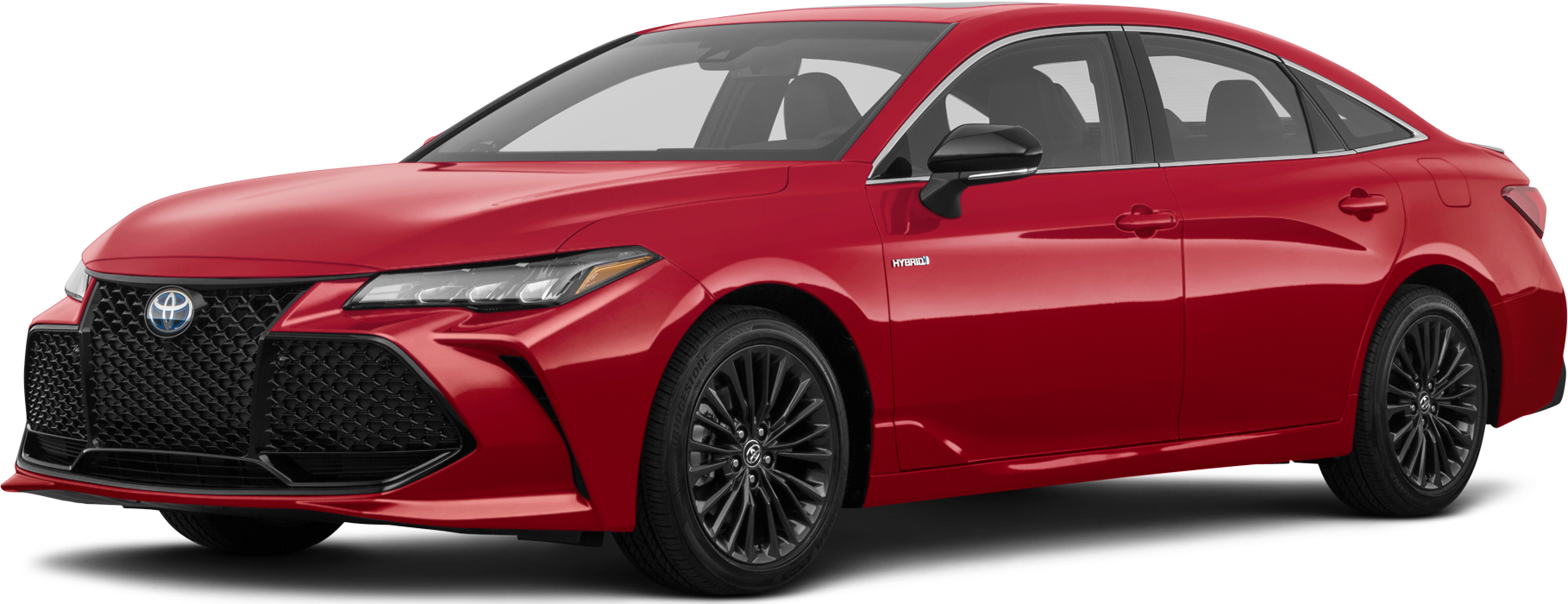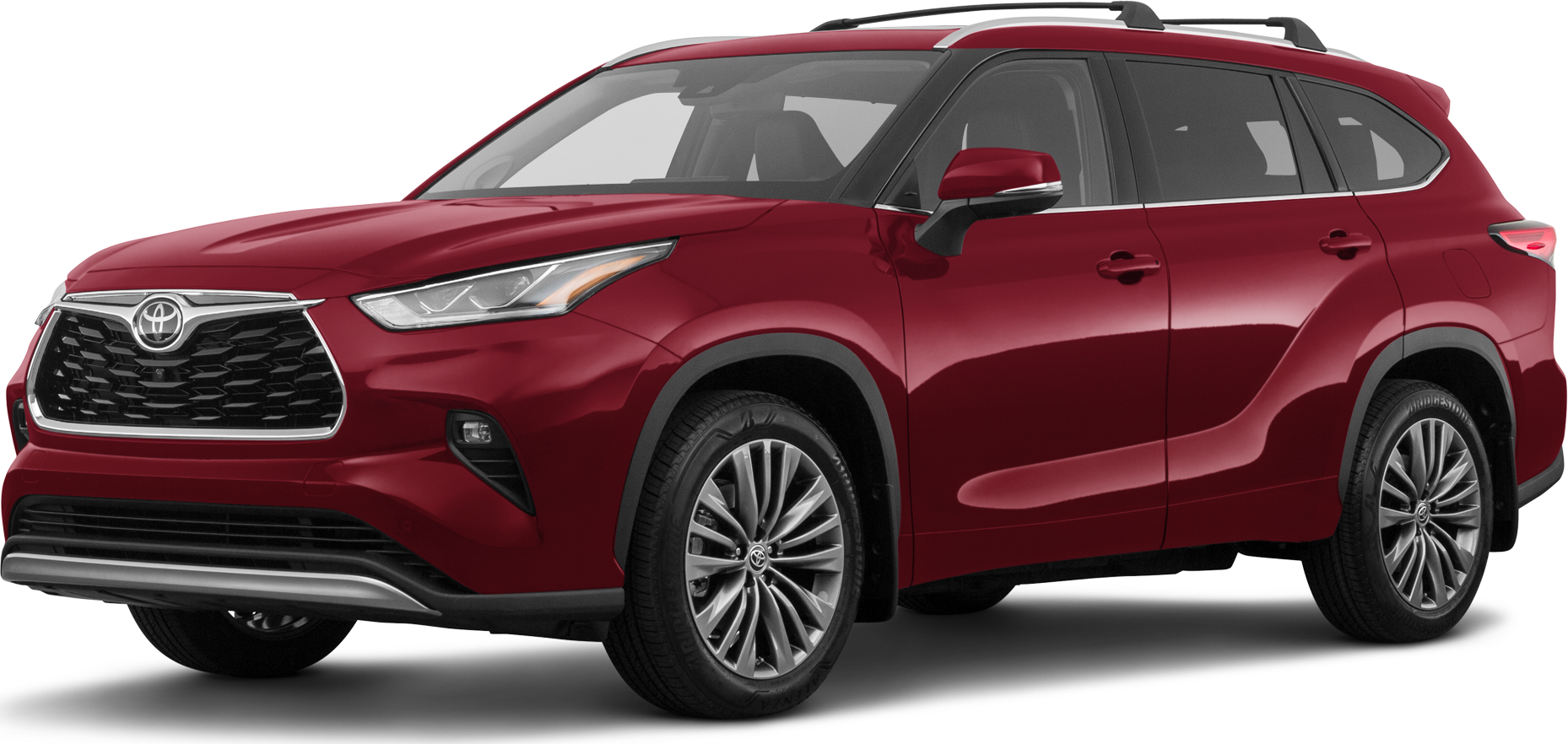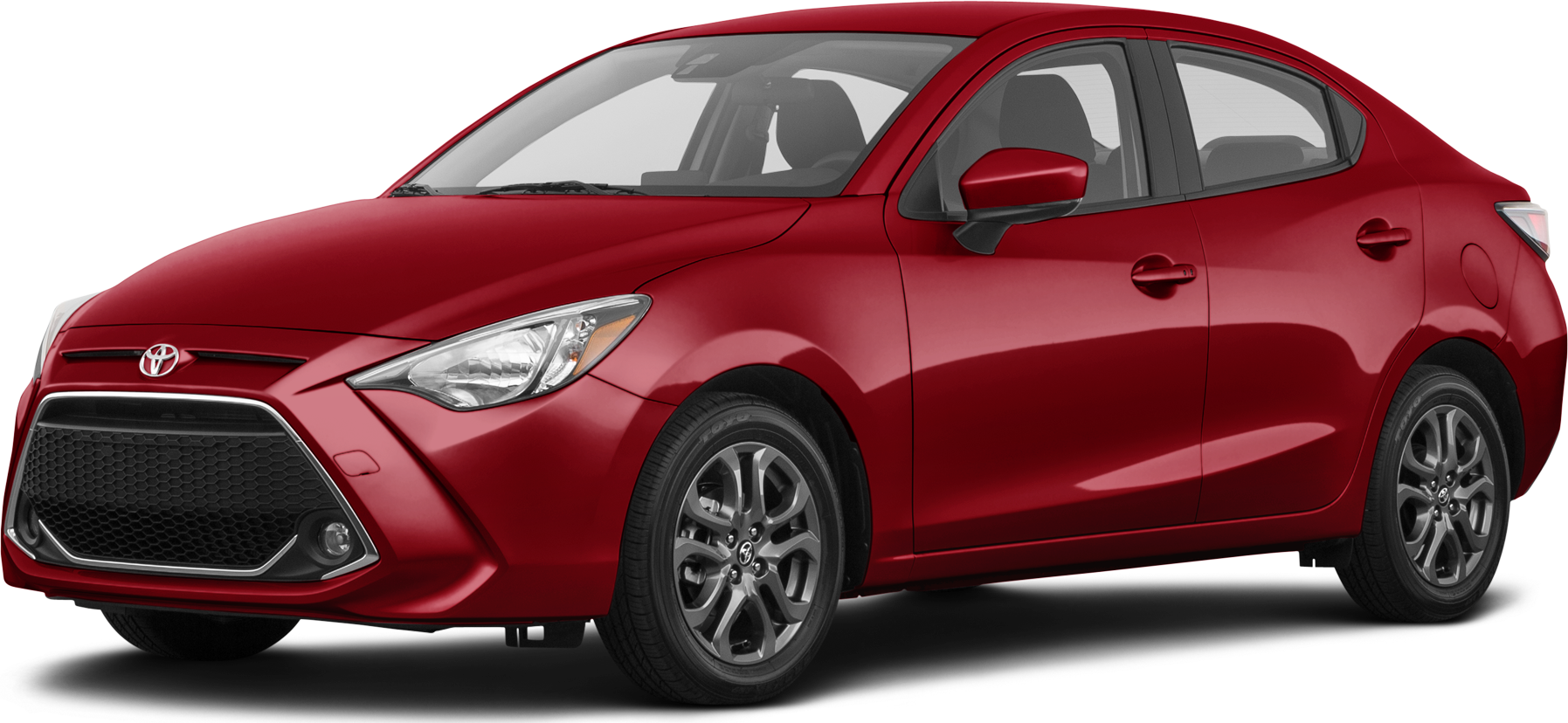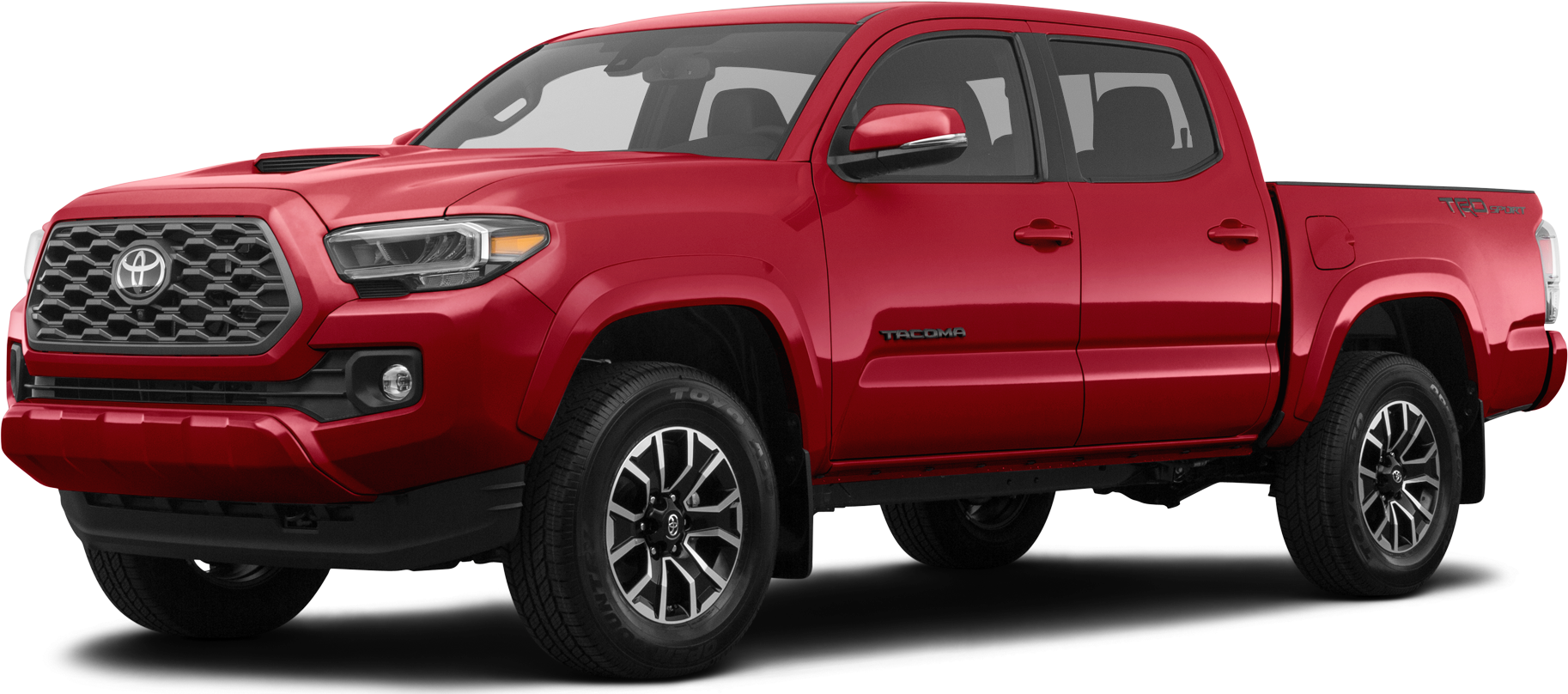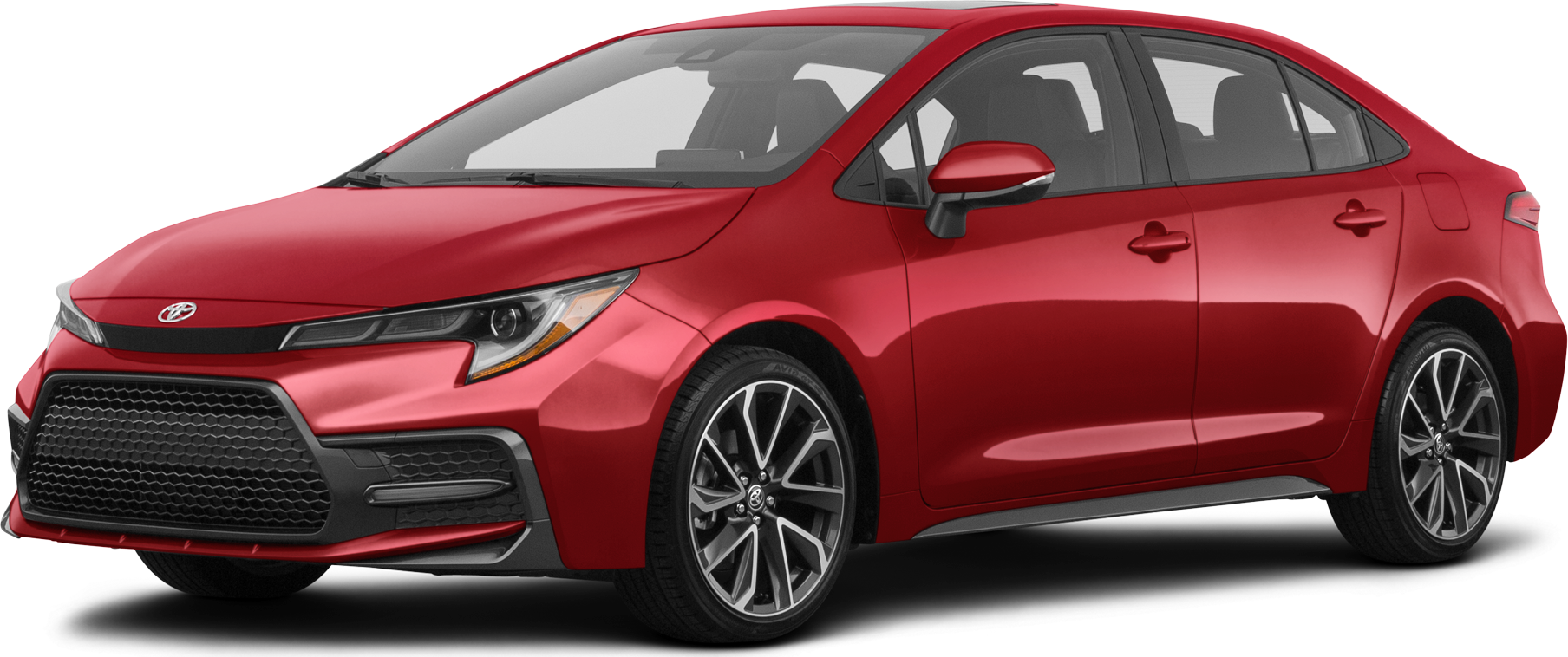
You're driving along on a bright and sunny day, your mood escalating as your fave song comes on the radio, when splat! A bug the size of a Texas slams into your Toyota Camry windshield. Gross! But, no big deal. You signal your windshield wiper fluid and your wipers instantly activate. But, your perfect solution fails as your wipers cause your windshield to become a giant bug smear. When did your windshield wipers get so bad?
If you think back to the last time you had your windshield wipers changed, it was probably way too long ago. Don't feel bad – windshield wipers are easily one of the most ignored parts of a car. However, they are a very important part – helping to keep you save on days of rain, dirty and even bugs. Here's a closer look at important facts your windshield wipers.
When to Replace. How often your wiper blades need to be replaced really depend on your specific blades, but a good rule of thumb is to change them every six months to one year – or as soon as you notice a different in driving visibility. Signs your wipers need to be replaced, include:
- Chattering
- Squeaking
- Skipping
- Smearing
- Streaking
Inspection Tips. Windshield wipers can suffer all sorts of damage, so it's a good idea to inspect them regularly in case repairs are in order. Doing so is the best way to ensure good visibility on the road. When inspecting your wipers, here are some things to look for.
- Broken frame
- Metal Corrosion
- Rubber Squeegee Flexibility
- Edge of Squeegee (should be rounded)
- Security of squeegee to wiper frame
- Security of wiper blade to wiper arm
- Visible Cracks
Common Problems. Just as other parts of your vehicle are prone to potential problems over time, so are your windshield wipers. Common problems your wipers may experience, include:
- Streaking: due to a dried, hardened or cracked rubber squeegee.
- Skipping: occurs when the wiper blade becomes curved from lack of use.
- Wearing: caused by extensive use and when rubber edges become rounded instead of squared.
- Splitting: due to ultraviolet rays penetrating the rubber squeegee from the frame.
Another thing to note is that wiper blades also deteriorate from exposure to environmental factors, such as:
- Ultraviolet light and ozone deterioration from the sun
- Oil produced by car waxes and exhaust fumes
- Airborne debris like dust, mud, pollen and sand
- Moisture from acid rain and salt water
Maintenance. The ultimate way to avoid wiper blade problems is to stay on top of regular maintenance. Don't wait around to replace your wipers until they become fully useless. Instead, replace them regularly in order to maximize visibility, efficiency and reliability. Between replacements, evaluate both the rubber squeegee and metal frames to ensure they are in optimal condition.
How to Extend the Life of Wiper Blades. If you feel as though your wiper blades are needing to be replaced more often than typically recommended, there are several ways to help extend their lifespan. Here's how:
- Clean your windshield wipers every time you fill your tank with gas.
- Wipe down the rubber squeegee located on your wipers with a damp towel in order to remove loose dirt, oil, etc.
- During winter months, pull your wiper blades away from your windshield. This will prevent ice buildup from forming on the rubber squeegee; it will also prevent them from sticking to the windshield.
For more tips and tricks to keep your car in top condition, visit our dealership in Las Vegas, Nevada.






































